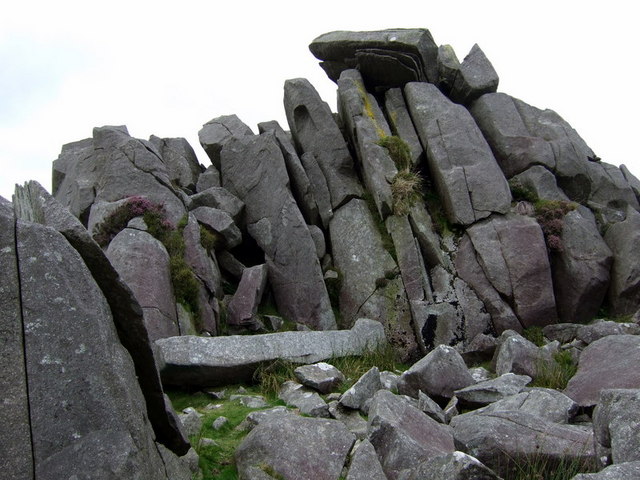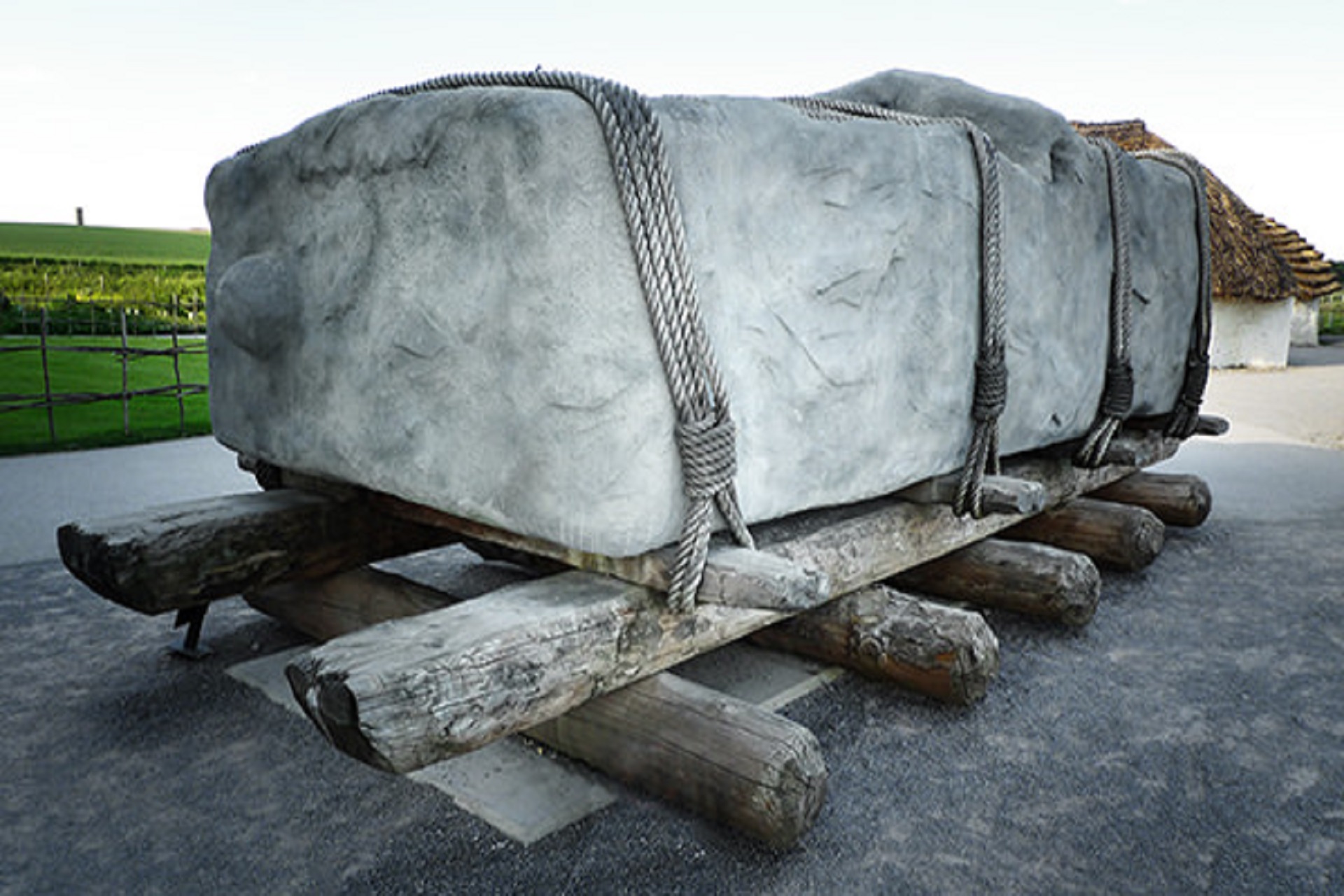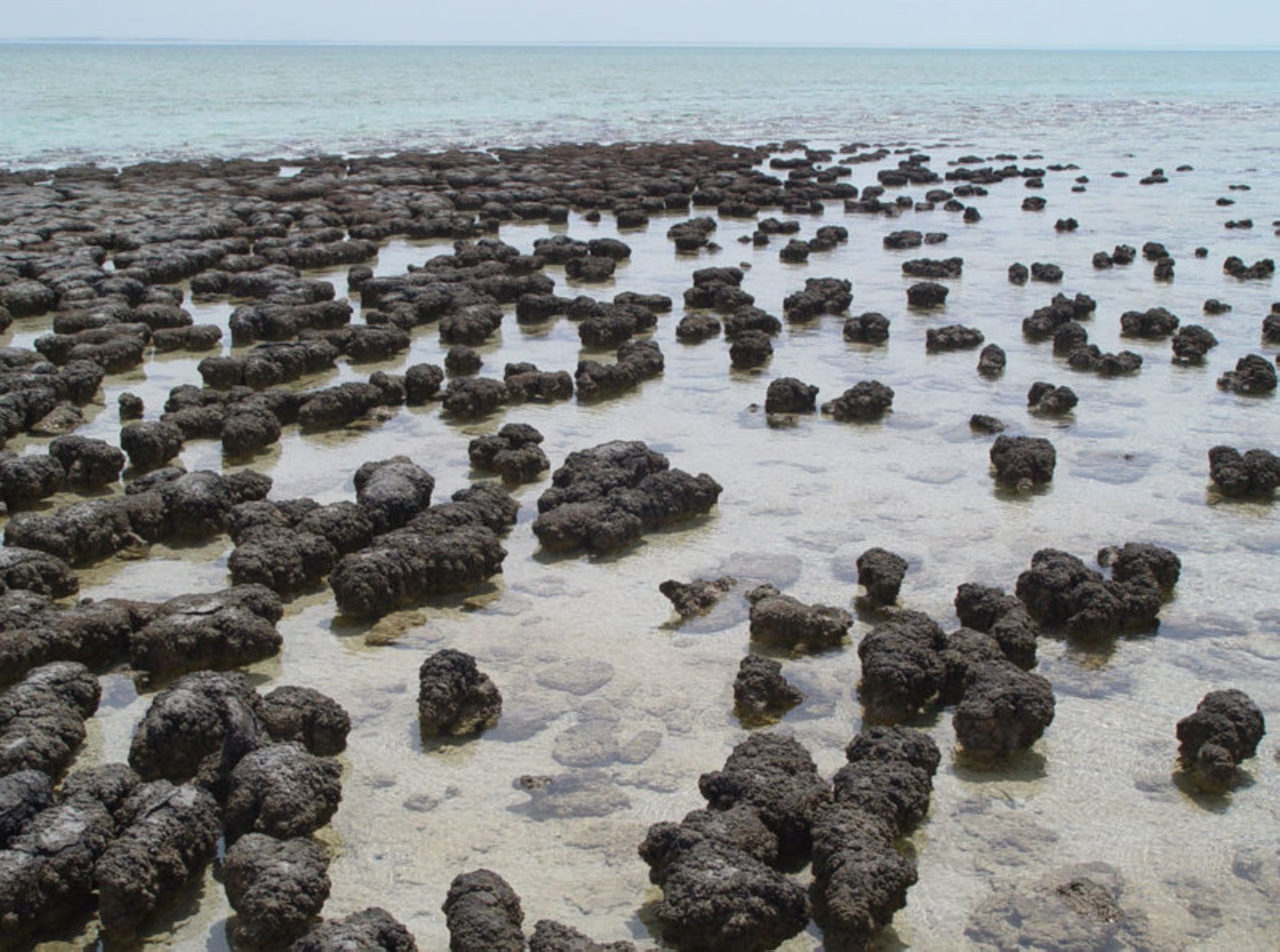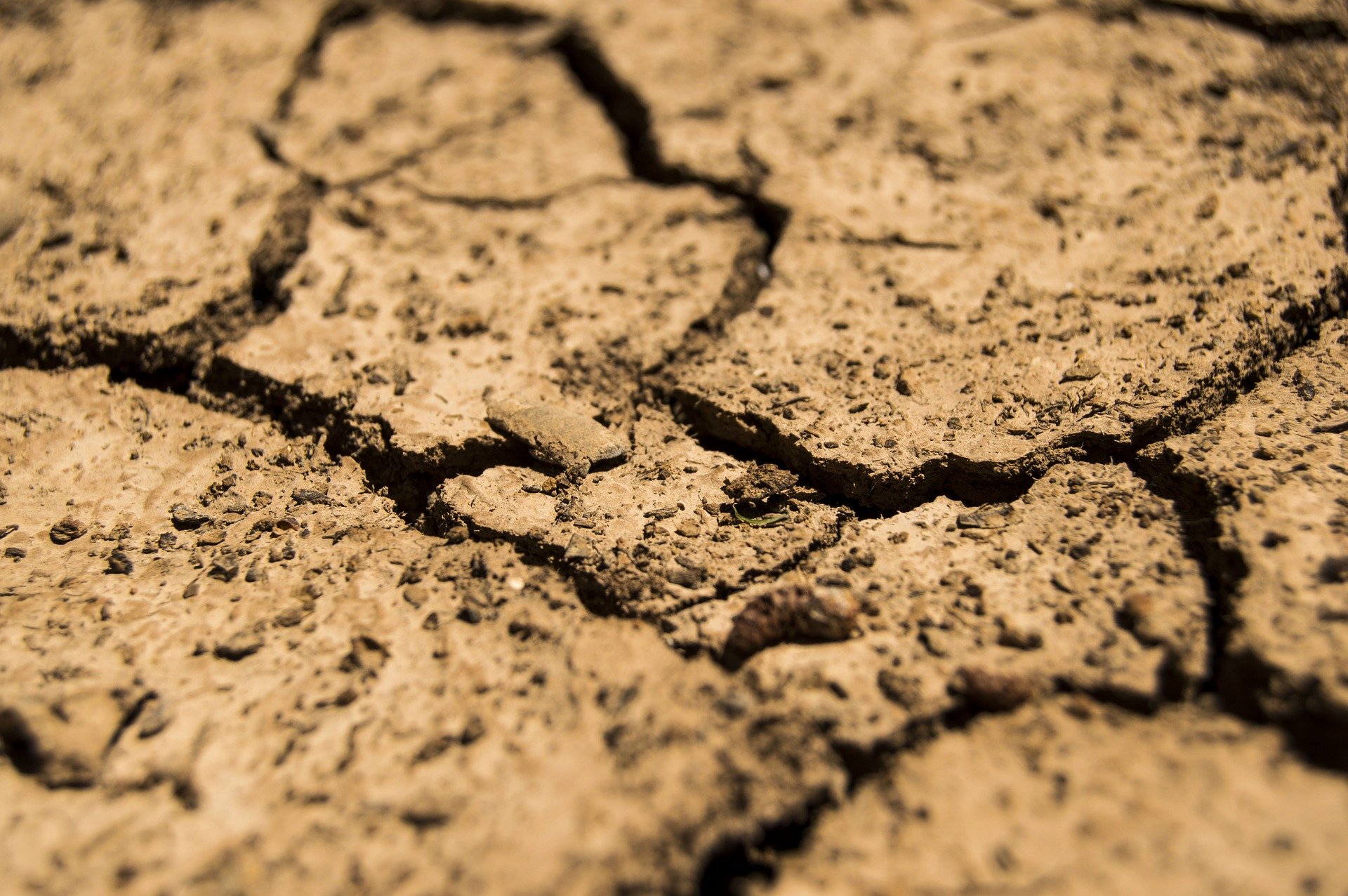Stonehenge Part 6/8 - Transport and processing.
The transport of these enormous stones continues to appeal to the imagination. People try to understand it and imitate it (at least in a few hundred meters) but open questions remain. They are part of the mystery. Geologists have already mapped out various towing routes, but none of them has been retained with certainty.
Bluestones.
To bring the Bluestones from Wales to Stonehenge they probably went by land. The stones were placed on wooden sleds and then pulled over a distance of about 300 km. People and pack animals were used. Along the way some natural obstacles such as hills and watercourses had to be overcome. That is certainly easier said than done. Nevertheless, they probably went over land.
Over the sea is three to four times longer, the most likely ramshackle boats were constantly the plaything of the waves. They flipped easily. And in the end they had to go over land. Embarking and disembarking was probably a big problem.
Some of the Bluestones in Stonehenge come from the quarry at Rhos-y-Felin in Wales. Their chemical composition betrays their origin. They are loosened using wooden wedges, sticks and ropes. The first movement is done with ropes and levers. Afterwards they are prepared for transport on a wooden sledge.

This can be the natural habitat of the Bluestones. Photo from Wikipedia.
The 80 stones are on average 2 m long and weigh about 2 to 4 tonnes. So they are a lot lighter than the enormous Sarsens, but on the other hand they have been transported over a much longer distance.
Construction waste from Bluestones.
Shreds of Bluestones have been found scattered throughout Stonehenge. These stones were transported from Wales to Stonehenge around 3000 B.C., but only around 2500 B.C. a part of them seems to have been cut to shape. This is a form of progressive insight. At the very beginning, people were satisfied with rough unprocessed stones. In a later phase the techniques for working the stones were mastered and so the choice was made to make them smoother and more uniform, a choice that took an enormous amount of time.
A number of flakes are undoubtedly waste from the stone workers from 2500 B.C. They were found in the immediate vicinity of a Bluestone or in the hole where once stood a now vanished Bluestone.
Some of the others are more than likely the result of later activities. They were randomly scattered, at shallow depths, suggesting that they were thrown away carelessly. After all, when Stonehenge lost its importance after 1500 B.C., the site was used as a quarry:
- People break pieces of the Bluestones and turn them into stone tools.
- Over the past centuries, visitors came to Stonehenge armed with hammers. Their goal was to take pieces of Bluestone with them as a souvenir. It was believed that the stones of Stonehenge had special powers. Their chopping also left a lot of flakes behind.
Sarsens.
Most Sarsens are 6 to 7 m long and weigh 20 to 30 tonnes. So this is a very different pair of sleeves than the Bluestones. A windfall is the distance that has to be covered, which is estimated at about 30 kilometres.
Impressive are the attempts in our modern age to mimic the transport and erection of the Sarsens. There is no shortage of volunteers, provided that it does not take too long and does not become too dangerous. Tools such as wooden rollers, ropes, sleds, rafts, levers, ramps, platforms, scaffolding and pack animals are available.
The effort is too little in proportion to the result. Risk analysis and costs and benefits complicate the process. The knowledge that even in our modern age, with the most sophisticated tools, it is an almost irresponsible job makes courage sink in:
- Men had started dragging one huge Sarsen straight out of the quarry. The first tens of metres immediately from the quarry posed the most problems given the difficult accessibility. And when the first stone broke right in two, a little modern help provided a solution. This was followed by a few hundred metres over flat terrain. The construction of a wooden sledge never really got off the ground, but replicas were built that were virtually unusable. Wooden rollers were used and a certain way of working was taught which led to a limited result. The question remains how to take a natural obstacle such as a hill or a watercourse.
- In this way they also succeeded in establishing a Sarsen, but this was done as an isolated case in an easy zone. Precision was not necessary. The stamping could certainly be better because complete stability was lacking. The impatience of modern man was an obstacle.
- Planning is to lift a Sarsen to the level of a capstone like the Trilithons. The plans remain in the closet because irresponsible risk factors arise. The joie de vivre of modern man is also an obstacle here.
- Finally, it must certainly be said that, during the frequent restoration attempts, modern tools such as cranes were used at the time, let there be no doubt about that.
Construction waste from Sarsens.
Archeologists suspect that the Sarsens of Stonehenge are given a first rough treatment at the place where they are mined. This happened in the Marlborough Downs region, 30 kilometres from Stonehenge. Larger flakes found there point in that direction.
Later they will be further processed in Stonehenge itself. By hammering them continuously for hours with a harder stone (a hammerstone), smaller flakes are created and the surface of the Sarsens becomes full of pits. This construction waste was found in dense concentrations in a zone immediately north of Stonehenge. Apparently most of the Sarsens were cut in shape there. The part that disappears underground is left almost untreated.
When the stones are finished they are dragged to the monument and straightened.
It is striking that they are particularly smooth on the inside. The outside is rather rough, which is why it is suggested that the monument has never actually been completely finished.
Men therefore preferred to finish the monument in very broad lines and perhaps afterwards lacked the necessary spirit to finish it off to the last detail. This is possibly an example of delay leading to adjustment.
The Sarsen suffered the same fate as the Bluestones. Over the past centuries, visitors came here armed with hammers. Their goal was to collect as a souvenir. After all, the stones exerted a special attraction. Their chopping produced scattered flakes.
Hard evidence.
Stonehenge will always remain a mystery. But large-scale scientific research has recently solved some of the riddles. Hopefully, it is only a matter of time before new data will update current insights. What we can certainly still learn is the immersion in the world of the builders. They are identically the same people as they are now and in our view they had nothing but time, an endless time.
Stone versus wood. The world of the dead versus the world of the living. Stonehenge versus Durrington Walls. Both monuments are inextricably linked, as two parts of the same complex. That in a nutshell is the vision of Mike Parker Pearson and Ramilisonina. At first it was nothing more than a daring, exciting and fascinating hypothesis. Multidisciplinary teams of scientists set to work on it. Results from excavations and laboratory research provided confirmation. Slowly but surely the visionary idea gained a foothold.
Hypotheses are not a question of faith. They provide a basis for looking at facts and helping to interpret them. They also create new lines of research. They are there to test, again and again. Until they break… or just not.






Comments